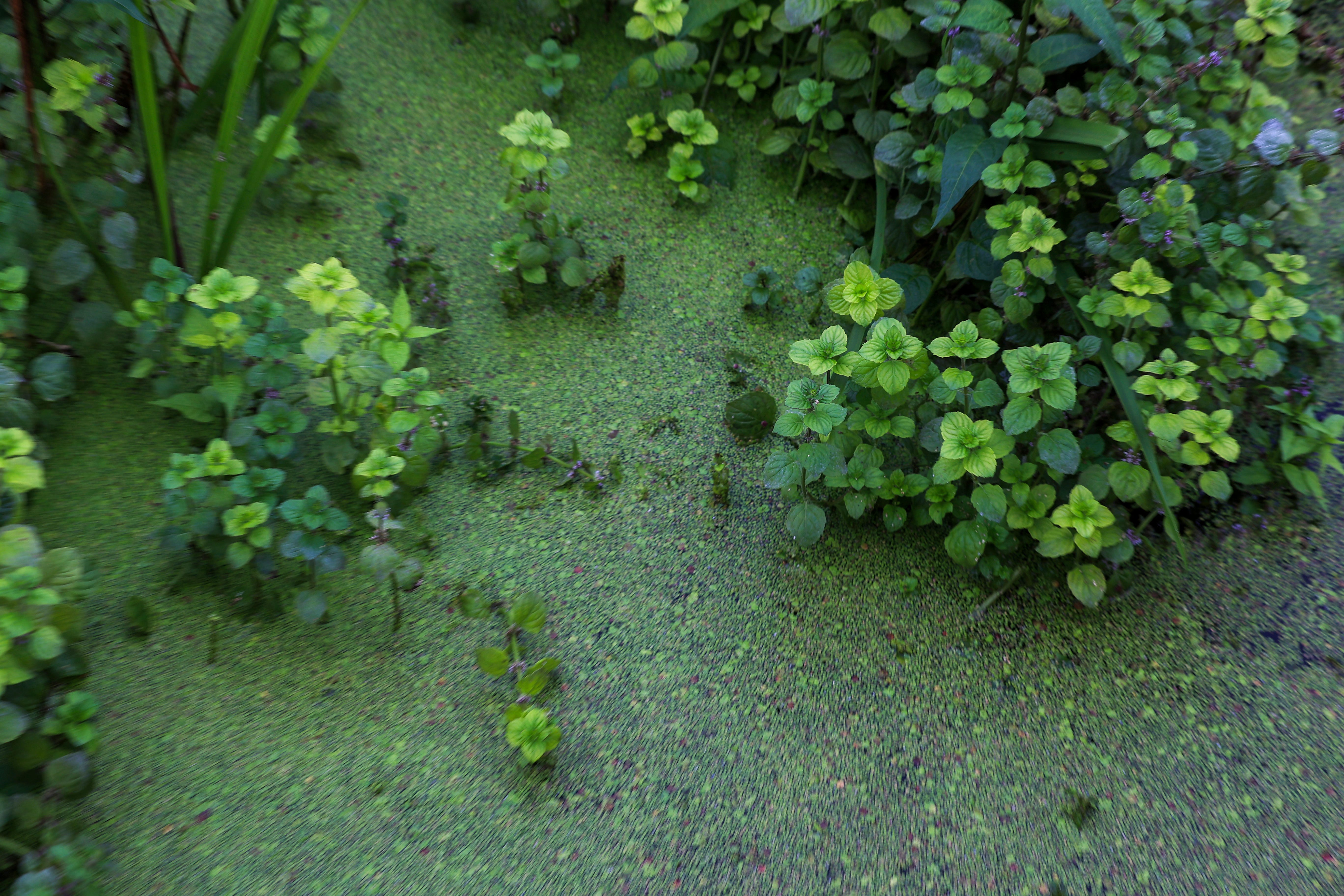Alarm at lack of plan as algae resurfaces on NI’s largest fresh water lake
Noxious blooms covered large parts of the lough last summer.

Your support helps us to tell the story
From reproductive rights to climate change to Big Tech, The Independent is on the ground when the story is developing. Whether it's investigating the financials of Elon Musk's pro-Trump PAC or producing our latest documentary, 'The A Word', which shines a light on the American women fighting for reproductive rights, we know how important it is to parse out the facts from the messaging.
At such a critical moment in US history, we need reporters on the ground. Your donation allows us to keep sending journalists to speak to both sides of the story.
The Independent is trusted by Americans across the entire political spectrum. And unlike many other quality news outlets, we choose not to lock Americans out of our reporting and analysis with paywalls. We believe quality journalism should be available to everyone, paid for by those who can afford it.
Your support makes all the difference.Alarm has been expressed at the lack of a plan following the resurfacing of toxic blue-green algae on Northern Ireland’s largest fresh water lake.
Stormont Agriculture and Environment Minister Andrew Muir earlier this month called for the urgent signing off by the Executive on an action plan to tackle the issue.
It is understood to contain 37 actions, 17 of which needed Executive support.
Lough Neagh is the biggest freshwater lake, by surface area, in the UK and Ireland, supplies 40% of Northern Ireland’s drinking water and sustains a major eel-fishing industry.
Noxious blooms covered large parts of the lough last summer and also affected other waterways and beaches in the region.
Nitrogen and phosphorus from agricultural fertiliser running off fields is believed to be a major contributory factor.
The spread of the invasive zebra mussel species is also understood to have played a role, as they have made the water clearer, allowing more sunlight to penetrate, stimulating more algal photosynthesis.
Climate change is another factor cited, with the highest water temperature at Lough Neagh recorded last June.
On Tuesday, the Lough Neagh Partnership said with the visible impact of the blue-green algae returning, it is profoundly disappointed that a plan has not been signed off on yet.
Manager Gerry Darby said it is “no surprise” that the blue-green algae is “back with a vengeance”.
“It was only a matter of time with the right weather conditions that it would reappear,” he said.
“We consistently campaigned over the winter for action to be taken, as we feared that momentum would be lost once the algae disappeared below the surface and it would be a case of out of sight out of mind.
“We met with the main political parties and, despite assurances that immediate action would be taken upon Stormont’s return, in reality we have not seen any of the promised efforts to resolve the crisis.
“Whilst we have put on record that we have welcomed the plan presented by Minister Muir, we are utterly disheartened by the lack of consensus to approve and implement it.
“As a result, we face another summer watching this ecological disaster unfold, powerless to intervene.”